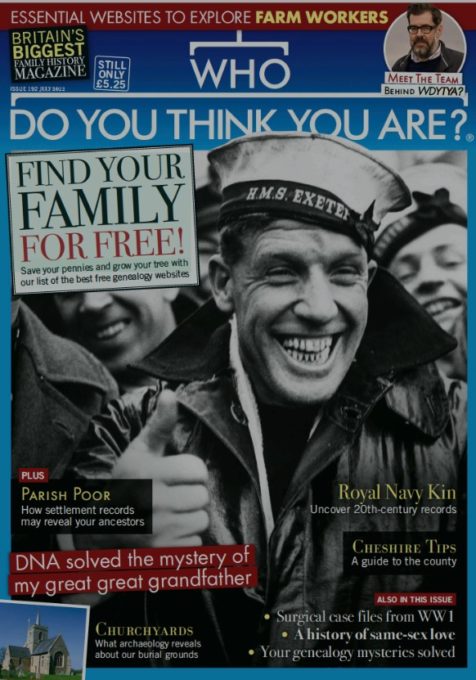 Not even waiting for June; the July issue came online on 31 May!
Not even waiting for June; the July issue came online on 31 May!
Feature contents for July:
FIND FAMILY FOR FREE Sarah Williams reveals how you can save your pennies and grow your tree with the Best Free Genealogy Websites. Most are familiar to the experienced genealogist. Some, like digitalpanoptican.org, you may have forgotten. New to me was https://www.genguide.co.uk/ said to rival the FamilySearch Wiki for UK topics.
CHURCHYARDS
In “What Lies Beneath” Celia Heritage explains how churchyard archaeology can help us research our ancestor’s life and death.
SERIES 19 INTERVIEW
Claire Vaughan meets the WDYTYA? production team.
SAME-SEX LOVE
In “Pride and Prejudice,” Harry Verity investigates the hidden lives of our LGBT relations who lived in 18th-and 19th-century Britain.
One of Editor Sarah Williams’s Top Tips in her Best Free Genealogy Websites article is that your local library will give you access to various digital resources. In Canada, that includes accessing a copy of this magazine available through PressReader.
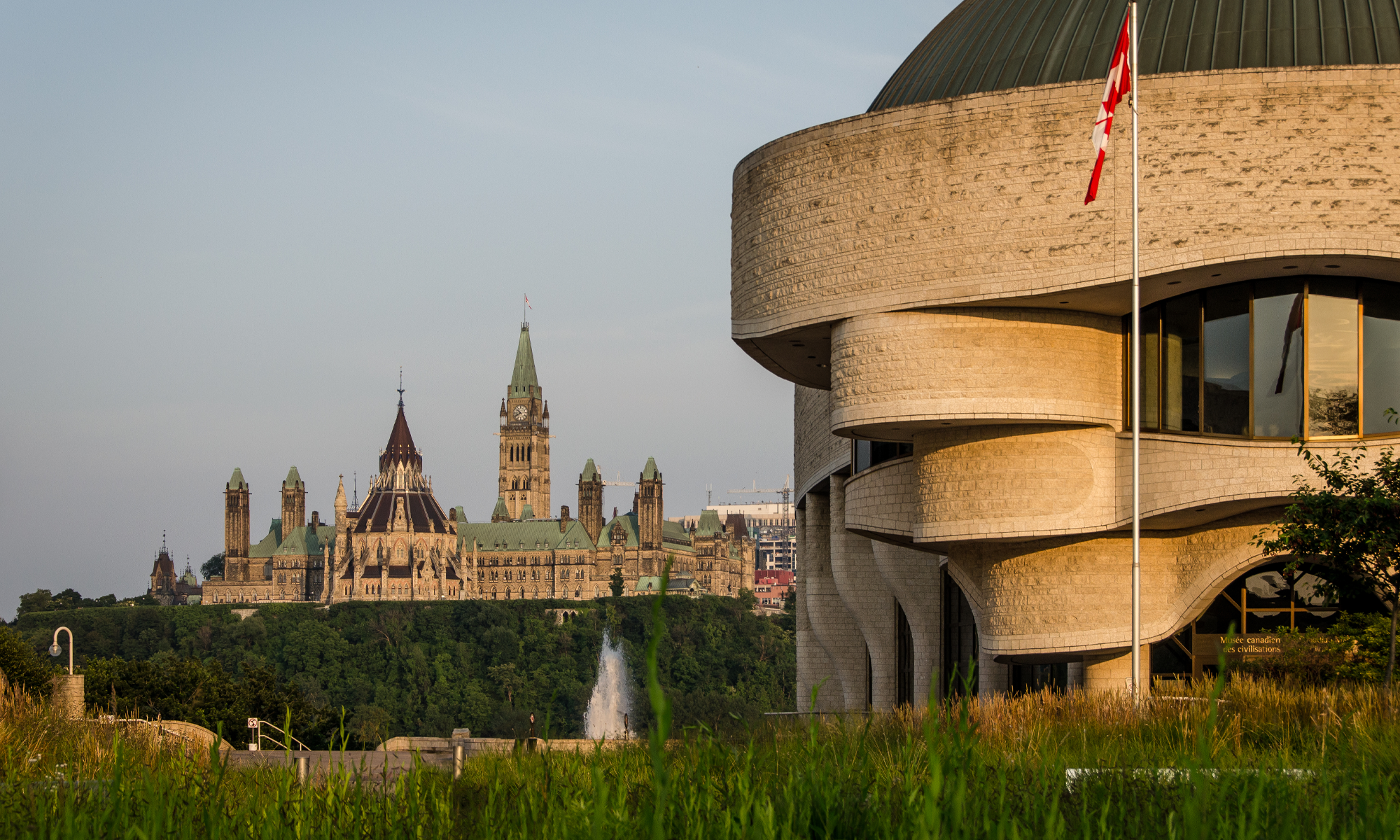

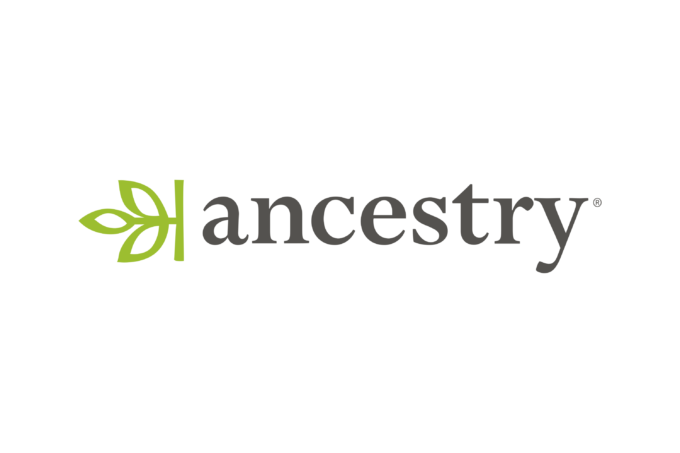 Here are new UK databases to look forward to from Ancestry.
Here are new UK databases to look forward to from Ancestry.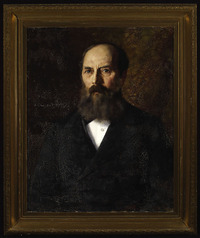
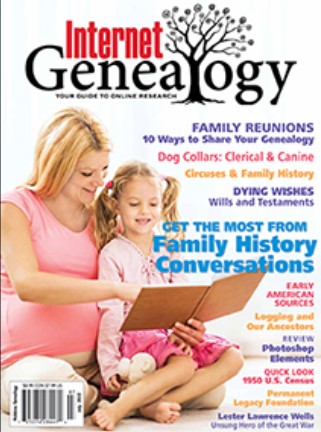 The June/July2022 issue will be available June 8, 2022. Here’s the table of contents.
The June/July2022 issue will be available June 8, 2022. Here’s the table of contents.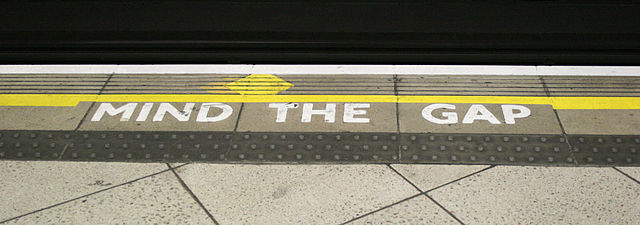
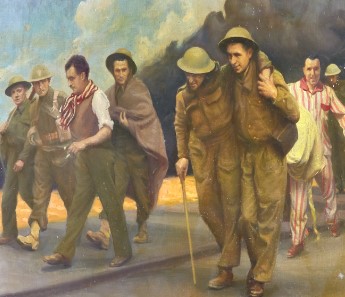 Eighty-two years ago, 27 May – 4 June 1940, over 300,000 troops were being evacuated as German forces overran Dunkirk.
Eighty-two years ago, 27 May – 4 June 1940, over 300,000 troops were being evacuated as German forces overran Dunkirk. Discover 220,000 new marriage transcription records
Discover 220,000 new marriage transcription records